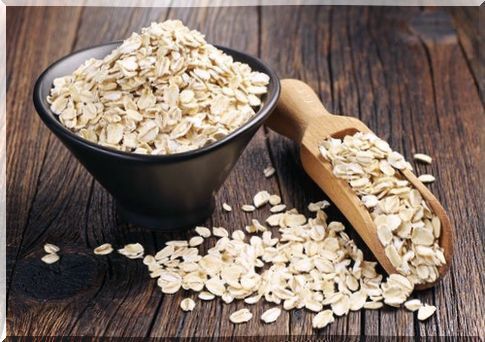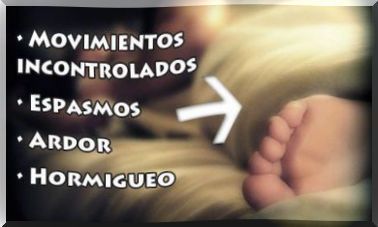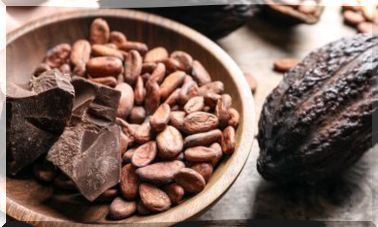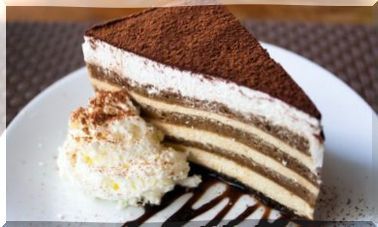Celiac Disease: Symptoms And Diet
Celiac disease or celiac disease is a disorder characterized by chronic inflammation of the lining of the small intestine. The cause is exposure to gluten, present in most cereals.
When the patient is intolerant, when he consumes foods with gluten, an immune reaction occurs against the mucosa of the small intestine. A reaction that ends up causing atrophy of the villi, responsible for the absorption of food.
Keep in mind that celiac disease can develop at any time, at any age. On the other hand, it affects women to a greater extent. In any case, do not hesitate to consult your doctor or a specialist if you have symptoms of gluten intolerance.
Symptoms of celiac disease

The symptoms are a consequence of the absence of intestinal villi, therefore, food is not absorbed properly. Bowel symptoms are abdominal pain, bloating, diarrhea or constipation, nausea and vomiting, weight loss, and poor appetite.
If the problem is not detected, the non-absorption of vitamins, minerals and other nutrients can lead to the appearance of other symptoms as a consequence of their deficiency. Tiredness, depression, canker sores, prone to bruising, dermatitis, joint pain, etc. may appear.
In any case, in the presence of intestinal symptoms, the doctor usually suspects celiac disease. It is one of the first diseases that you want to rule out with blood tests.
In the event that there are positive indicators of anti-transglutaminase antibodies, a biopsy of the intestine will be performed. If an absence of villi is seen, the diagnosis will be definitive.
Gluten free diet
Celiac disease cannot be cured, but the symptoms go away. Following a strict diet in which gluten is eliminated, the villi, little by little, recover. But it is important to eliminate from the diet all those foods, processed or not that may have gluten, even in minute quantities.
Gluten is present in most cereals, such as wheat, rye or barley. The prohibited foods, therefore, will be bread, flour and any product prepared with any of them.
Thus, we must eliminate pasta, buns, cookies, pastries in general, chocolate, wheat semolina, infusions and drinks prepared with any of these cereals (beer, malt, barley water, etc.).
Special care should be taken and the composition of any manufactured food carefully read. In many of them there may be gluten. This is the case of patés, charcuterie, prepared cheeses and substitutes, sauces, preserves, sweets, ice cream, roasted or fried nuts, etc.
In short, any manufactured product is likely to contain gluten. Therefore, it is advisable to read the labels carefully. When in doubt, better choose products that specifically mark that they are gluten-free.
Oats: a particular case

Traditionally, oats have been considered a gluten-free cereal, but there are peculiarities. It is included in the European Union list of gluten-free foods. However, it has a small amount of prolamines, proteins similar to those of wheat, which is why some celiac patients cannot tolerate oats.
Gluten-free foods
Just because you have to avoid certain foods does not mean that you cannot eat a balanced diet. On the contrary, the vast majority of foods are gluten-free. So you can eat without problems:
- Eggs.
- Rice, corn, tapioca.
- Honey, sugar, salt, oil and vinegar.
- Milk and fresh derivatives.
- Fresh meat, fish and seafood.
- Fruits, vegetables, greens and legumes.
In addition to all this, more and more products that are gluten-free are being marketed. Although at this point it will always be essential to check the labels well.
To consider
The MSD Manual clarifies that “Some people continue to have symptoms despite avoiding gluten. In these cases, it may be that the diagnosis is incorrect or that the disease has evolved into a disorder called refractory celiac disease ”.









